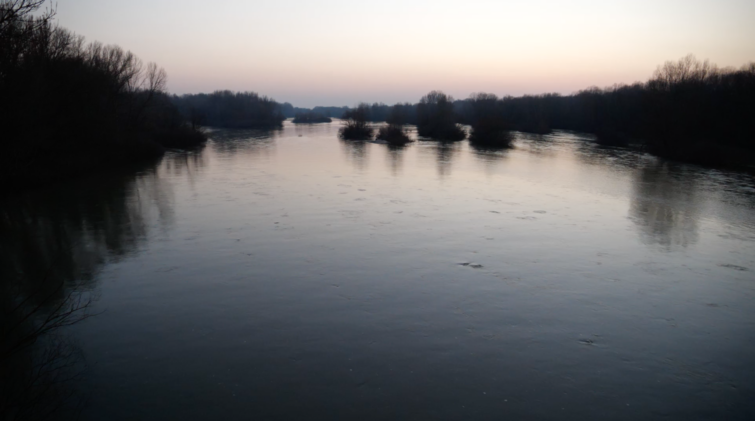| 7 Mar 2024 | 17:00 - 19:00 | Online & Room SG2 Alison Richard building, CB3 9DP | |
- Description
Description
An event by the Military Surplus: Toxicity, Industry and War research network
Speakers
- Matthew Leep (Western Governors University)
- Ifor Duncan (Centre for Research Architecture, Department of Visual Cultures, Goldsmiths University)
- Stefanos Levidis (Forensic/Counter Investigations, Goldsmiths University)
Chair
Zsuzsanna Ihar (HPS, University of Cambridge)
Abstract
Matthew Leep
‘Toxic entanglements: multispecies politics, white phosphorus, and the Iraq War in Alaska.’
Opcional reading: This article has been made open access for this event.
How do toxic pasts shape the multispecies politics of wartime? During the Iraq War, the U.S. military held public hearings about increasing the use of an Alaskan estuary located within a military base—a multispecies space polluted by decades of white phosphorus munitions. The estuary was ancestrally meaningful to migratory birds yet also viewed as central to the production of rapidly deployable combat troops in Iraq. Articulations of estuarian space as ‘wartime’, therefore, conflicted with notions of ‘avian time’ – migratory moments of building nests and raising the next generation of birds. Advancing a multispecies form of inquiry into public hearings and the experience of northern pintails and tundra swans, my article addresses the following questions: How should the toxic encounters of birds in Alaska shape our understanding of the ‘time’ of the Iraq War? How might perspectives on avian experiences complicate our thinking about the spatial and sensory meanings of wartime violence?
Ifor Duncan & Stefanos Levidis
‘Weaponising a river / Median Line: a century of border violence and the alluvial geopolitics of the Evros/Meriç/Maritsa River border’.
This media lecture focuses on the case of the Evros, Meriç, Martisa river – ‘land’ border between Greece, Turkey and Bulgaria – and its production as a border technology. From its main course to its delta, this fluvial frontier is weighted with the crossings of asylum seekers and systematic pushbacks. The river-border technology incorporates the entire hydrology of the river ecosystem, from the deadly velocities of the central course, through its muds, fogs, and flood defence walls that mark the military buffer zone that surrounds it (Zoni Asfaleias Prokalypsis (ZAP)). State impunity is in part produced by the ZAP’s enfolding of the excess of floodwaters into the excesses of sovereign territorial power.
After a century of fluvio-geomorphological change since demarcation in 1926 the borderised river simultaneously riverises the border. In this way the river border is a dynamic archive of the military calculations and geopolitical decisions that make its properties treacherous as an increasingly perilous migration route. Here beatings are customary, mobile phones and official documentation are thrown into the river, and, after seasonal floods, bodies wash up in the delta. In its waters and in its sediments the river border is both a weapon and an archive of the reproduction of deadly exclusionary policies enacted at the watery edges of the EU.

The river Ardas near its confluence with the Evros-Meriç in the Karaağaç Triangle, February 2019. Photo: Ifor Duncan and Stefanos Levidis.
For enquiries please contact the Research Networks Programme Manager.

